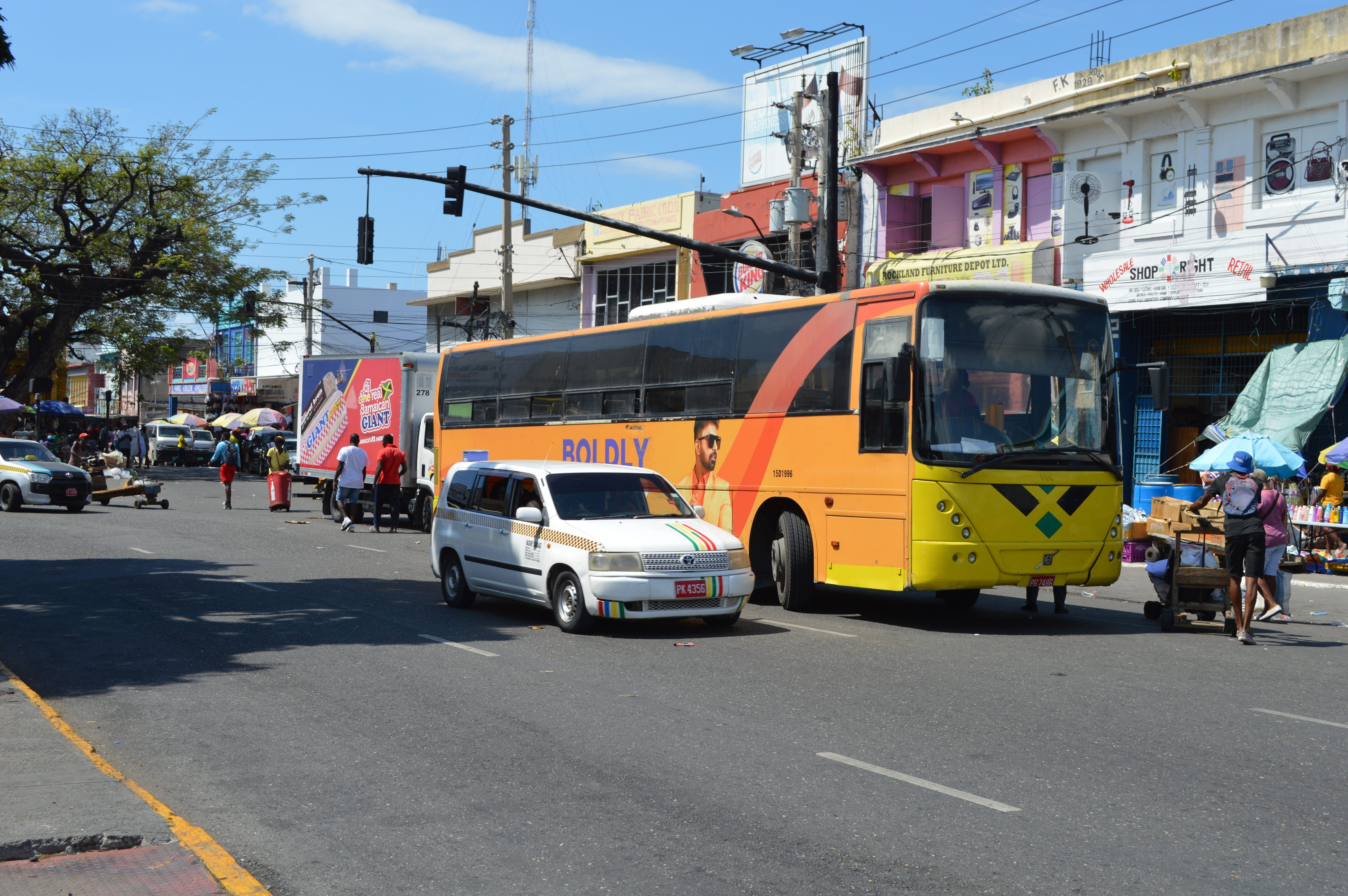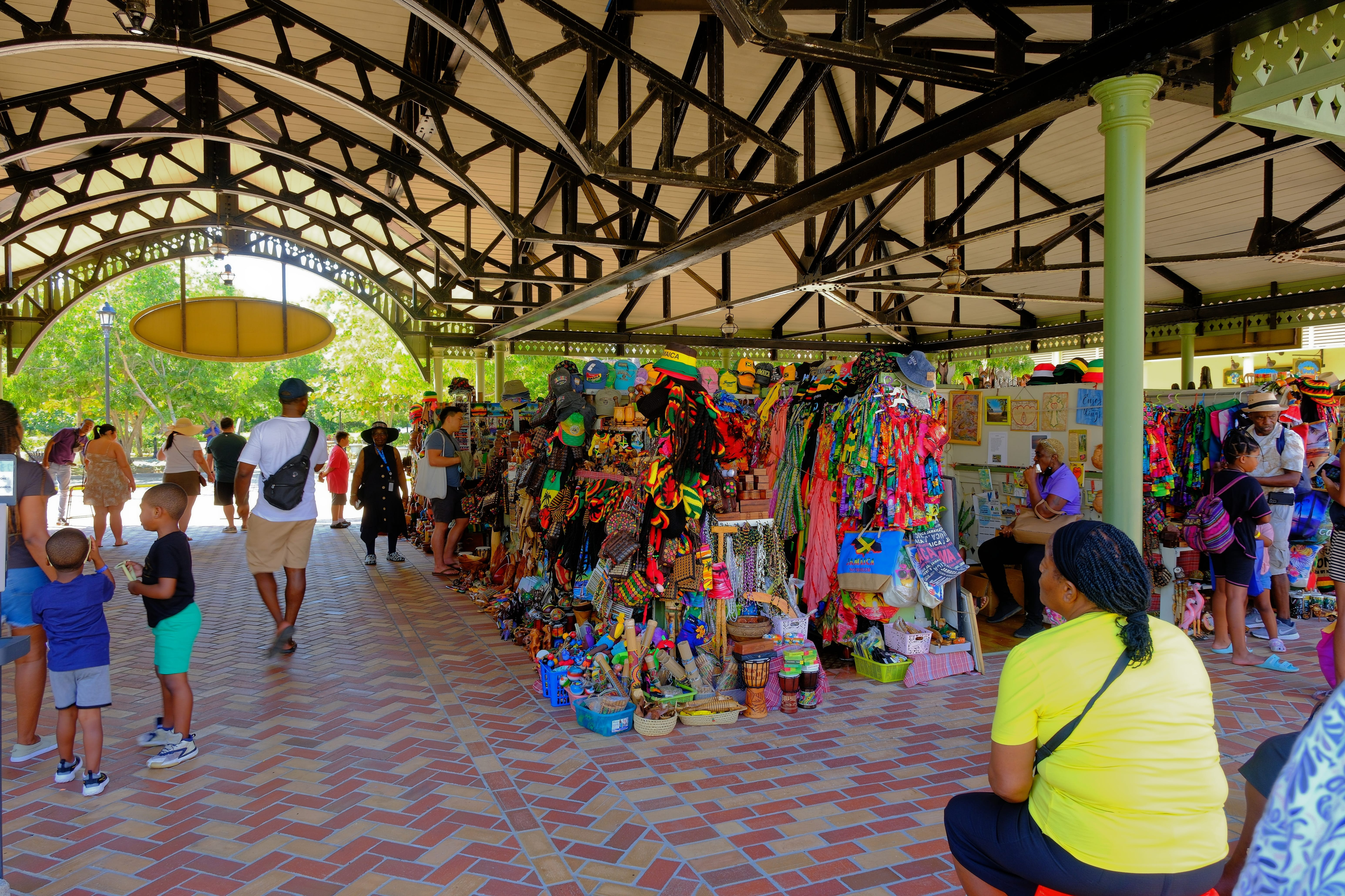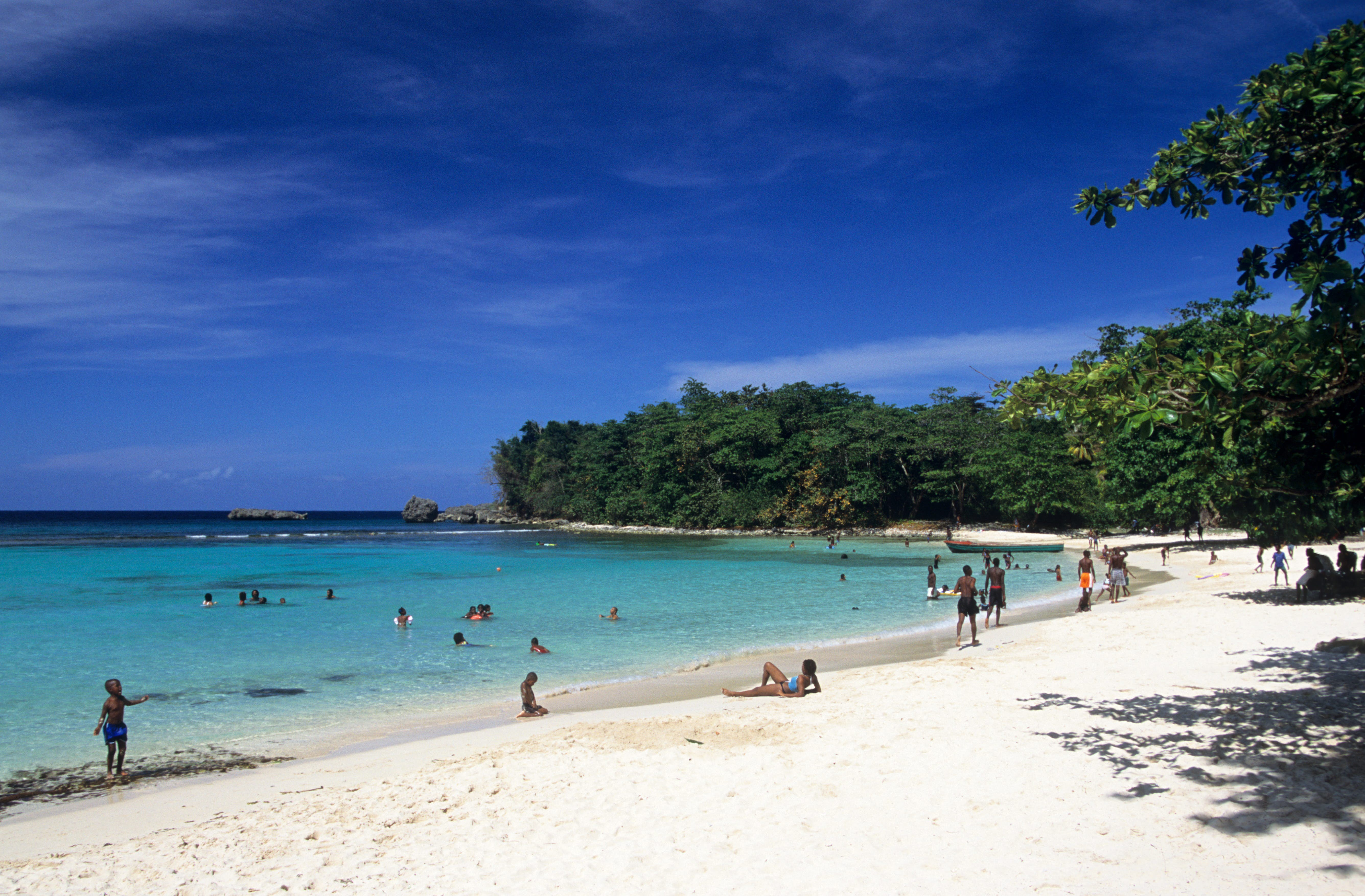With dozens of luxurious all-inclusive resorts and some of the most popular attractions in the Caribbean, a trip to Jamaica can be pricey. But it doesn’t have to be.
Jamaica offers myriad experiences that don’t put a strain on your wallet, from free street dances to inexpensive concerts and stunning secluded rivers and beaches. Jamaicans have crafted their own cultural experiences and way of life that are both enriching and affordable.
Here are the top tips on how to enjoy the best of Jamaica without draining your finances.
[embedded content]
Average daily costs in Jamaica
- Guesthouse/motel room: JM$5,000–$8,000
- Basic hotel room for two: JM$8,000–$15,000
- Self-catering apartment (including Airbnb): JM$10,000–$25,000
- Public transportation (route taxis and buses): JM$200–300 per ride
- Coffee or tea: JM$200–$400
- Patty: JM$300-$500
- Bottled water: JM$100
- Lunch for two: JM$2,500-$3,500
- Dinner for two: JM$4,000-$5,000
- Beer at a bar: JM$400-$600
Average daily cost: JM$14,000-$23,000 per person for a basic room, plus three meals a day at low-end restaurants and inexpensive entertainment.
1. Stay at a low-budget hotel
Jamaica offers a range of different types of accommodations from luxury resorts to motels. Low-budget hotels are the middle ground: lesser-known, typically two- or three-star accommodations that provide basic amenities.
Properties such as the Shirley Retreat Hotel in Kingston, Toby’s Resort in Montego Bay, Pineapple Court Hotel in Ochi Rios and Lashings Boutique Hotel in Treasure Beach are a step up from guesthouses and motels, but still extremely affordable. At most of these hotels, you’ll also be able to get some meals on the property.
Guesthouse rooms are a cheaper option, but they aren’t always the most comfortable and some have a tainted reputation.

2. Take public transportation
The most affordable option for getting around Jamaica is public transportation. If you’re in or near Kingston, state-owned JUTC yellow buses operate throughout and beyond the city. Payment is by cash upon entry, or you can purchase a JUTC Smartercard and use it as you travel.
There’s a bus park in every town and a bus stop on almost every main road. Route taxis (with red license plates) and minibuses or coaster buses are also popular methods of transportation, all costing around JM$200 per ride.
If you’re on the west, north or south coasts, you won’t find JUTC buses – route taxis and minibuses are the main way to travel for Jamaicans. For route taxis, you can also pay a little more for drivers to go off their usual route (for example, if your destination is a little further than their final drop-off point).
If you’re traveling from town to town, consider taking the Knutsford Express bus, which operates in most towns in Jamaica. This is more comfortable (and a bit more expensive) than other forms of public transportation, but still cheaper than getting a private driver or renting a car.
3. Visit cookshops for the best authentic Jamaican meals
If you find yourself craving authentic Jamaican food, don’t think you need to go to an upscale restaurant to get the best – most locals take advantage of the thousands of cookshops on the island. The running joke is there’s one on almost every street in Jamaica.
These small food establishments serve hot meals in styrofoam takeout boxes at the most reasonable prices: traditional favorites, such as oxtail, curry goat, stew peas or fried chicken and rice and peas, for under JM$1,000. Many don’t have a dining area, just a kitchen and window where you order.
4. Grocery shop at mini-marts or wholesales
If you’re planning to cook and need ingredients, or just want to stock up on groceries, avoid the island’s major supermarkets (such as Megamart, Loshusan and Hi-Lo Supermarkets), as they’re more expensive.
You can generally find much of the same selection for a lot less at a small wholesale store (the word is usually in the name, for example, Tiger Wholesale in Kingston) or mini-mart.
Many wholesales don’t have aisles you can browse – only a window to order what you want and pay. Mini-marts will always have aisles, but they are much smaller in comparison to a general supermarket. These stores also tend to have items sold in bulk or special deals.
For fruits and vegetables, again, avoid major supermarkets and get your products in the town markets or from street vendors, who tend not to hold a price.

5. Negotiate your prices
Speaking of not holding a price, don’t be afraid to negotiate! In craft markets, vendors are all about the sale, even if it means selling their products for a little less than what they want to. Don’t be unreasonable, but definitely bargain – you’ll get the best deals.
6. Get a Jamaican SIM card
If you plan on staying in Jamaica for a lengthy period of time, it’s best to get a local SIM card. A SIM can be purchased at any outlet of the two mobile networks on the island: Digicel or FLOW.
International plans or minutes for a foreign number can cost a pretty penny. It works out cheaper to get a local SIM card, which costs less than JM$1,000, then buy a data plan or international minutes if you need to.
7. Use local currency
Local businesses and vendors, especially those in tourist areas, will sometimes charge in US dollars using the most expensive rate possible, especially when they recognize that you’re a tourist. Get and use Jamaican currency – that way you won’t be tricked into paying a “foreign price” for goods and services.

8. Take advantage of free rivers and beaches
There’s lots to see and do in Jamaica. While many of the points of interest and attractions charge a fee, there are also tons of free beaches across the island where you can hang out, unwind or even party.
Winnifred Beach in Portland, Seven Mile Beach in Negril and Treasure Beach on the south coast are among the popular free spots.
Jamaicans also take advantage of many secluded rivers and waterfalls (Reggae Falls, Nanny Falls, Old Spanish Bridge and Salt River to name a few) that are mostly free – and rival some of the island’s most famed attractions.
9. Travel outside major local holidays
If you can be flexible with your travel plans, try to visit the island outside of major local holidays (such as Christmas, New Year’s, Easter and National Heroes weekend in October).
During these holidays, there is a peak in tourist arrivals, so prices of accommodations, goods and services tend to increase.
10. Find free entertainment galore
Jamaica is never short of entertainment. From massive festivals and concerts to small street parties, there is always something to do.
If you’re a fan of dancehall, the legendary weekly Weddy Weddy party at the Stone Love Headquarters in Kingston is one of the most popular and inexpensive street parties in Jamaica. The entry fee is only JM$500, and the party usually goes until the wee hours of the morning.
Across the island, usually in small communities, street parties happen on a daily basis. In general, these aren’t widely advertised, so you have to ask around. They are usually free of charge – the only expectation is that you buy a drink.
For reggae fans, Kingston Dub Club and Dubwise Cafe are the top reggae spots in Kingston. The entry fee for both is around JM$1,500, plus there’s a chance your favorite artist will stop by.
Island-wide, bars, lounges and some restaurants are also sources of great entertainment, either free or with a small entry fee. These spots usually have karaoke and other themed party nights during the week, guaranteed to keep you entertained.



